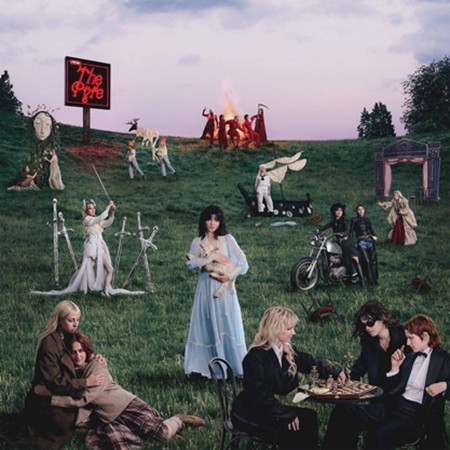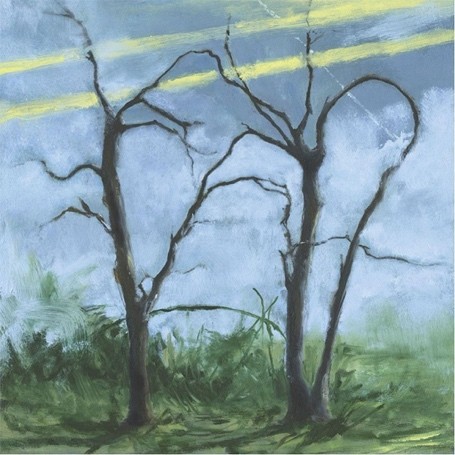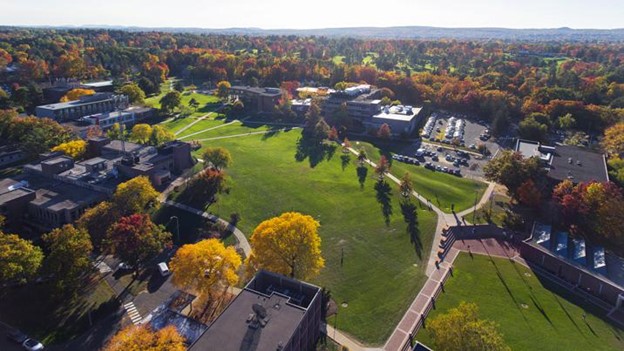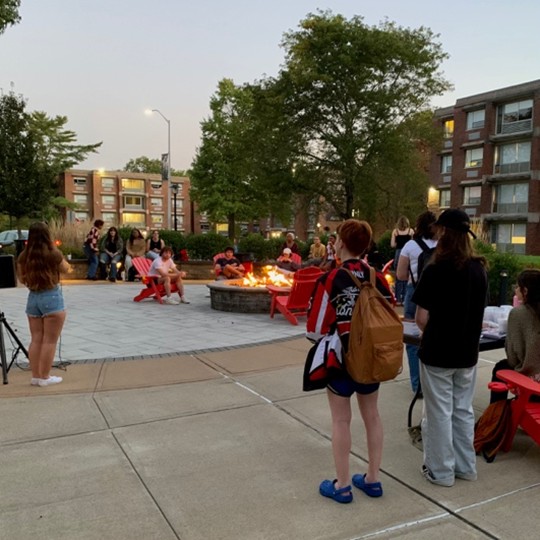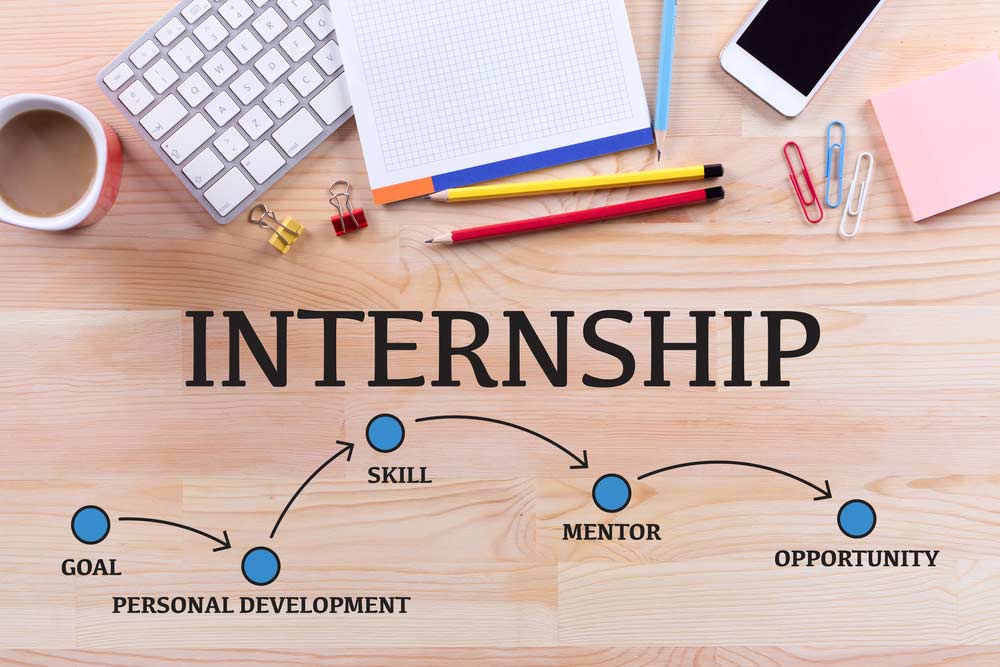Astronomers Think a Star Swallowed a Black Hole and Exploded
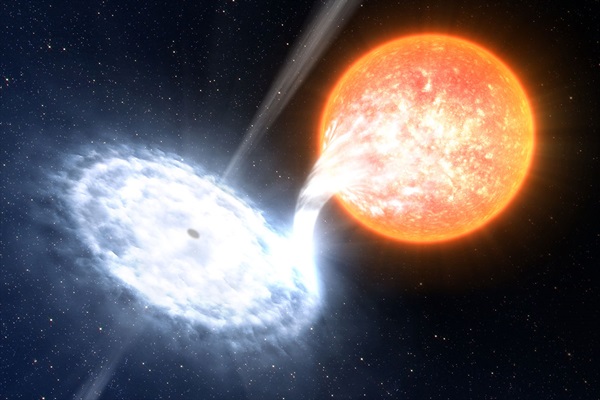
image via astronomy.com
September 8, 2021
Back in 2014, a piece of Japanese equipment on the International Space Station detected a burst of X-rays. It lasted for roughly 15 seconds and emitted energy 10 trillion times that of our Sun.
At least, that was a critical piece of information for Caltech astronomer Dillon Dong and his team. However, it was not the first thing they found.
Models already tried to predict what would happen when something like a black hole or neutron star gets eaten by another star. Needless to say, the prediction was a giant explosion. Now Dong and his team may have tied together data to show we may have seen one in action.
To try and prove the models, Dong’s team poured over archives for potential signs of such an event. In 2017, a telescope in New Mexico called the Very Large Array picked up radio bursts coming from a galaxy about 500 million light-years from Earth. They then cross-referenced this finding with a telescope from Hawaii’s W.M. Keck Observatory, which had found a burst of bright material from some center point rocketing out at 3.2 million kilometers per hour. Lastly, Dong’s teams found records from the massive 2014 X-ray blast.
All of this pointed to evidence of a large explosion like that in the astronomical models. So what do the astronomers think occurred?
At one point, this was probably two binary stars orbiting each other. One star outlived the other, while the dead one became either a black hole or a neutron star. Over the next few hundred years, the dead star slowly moved inside its living friend. It finally reached the core of the living star, which was then shredded and exploded.
As the dead star fed on the living one, this released a lot of energy in what are called jets. These jets made the X-rays picked up by the ISS. When it finally exploded, all the ejected matter then hit the remaining surrounding gas, which caused the radio energy and visible light that human telescopes can observe.
Evidence such as this presents the first time humans have observed this event, called a merger-triggered core-collapse supernova. Dong believes that this is the first of more examples humanity will witness in the future.

